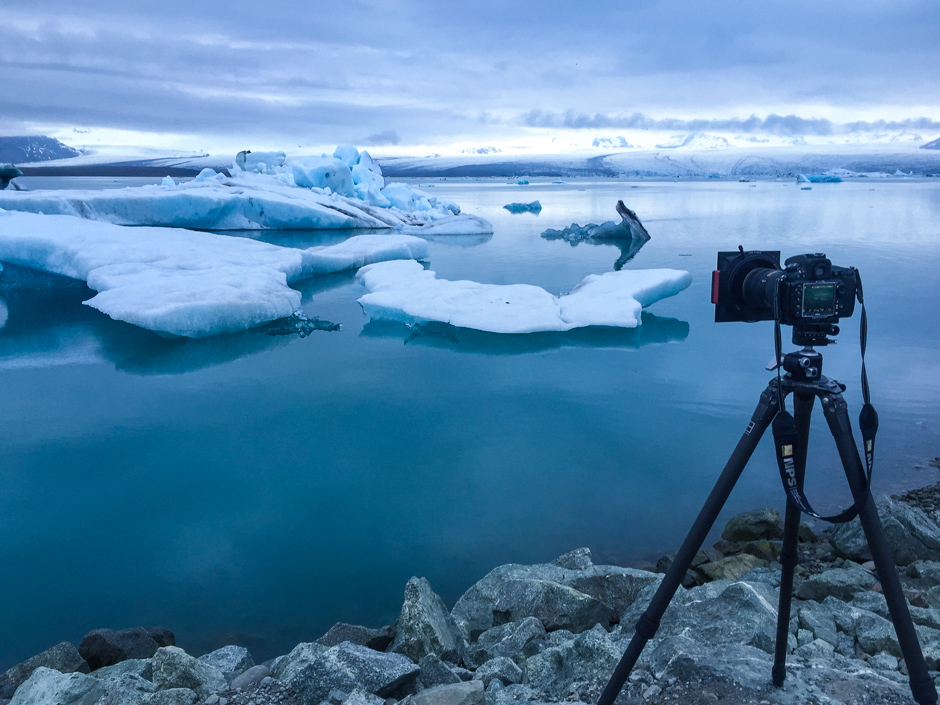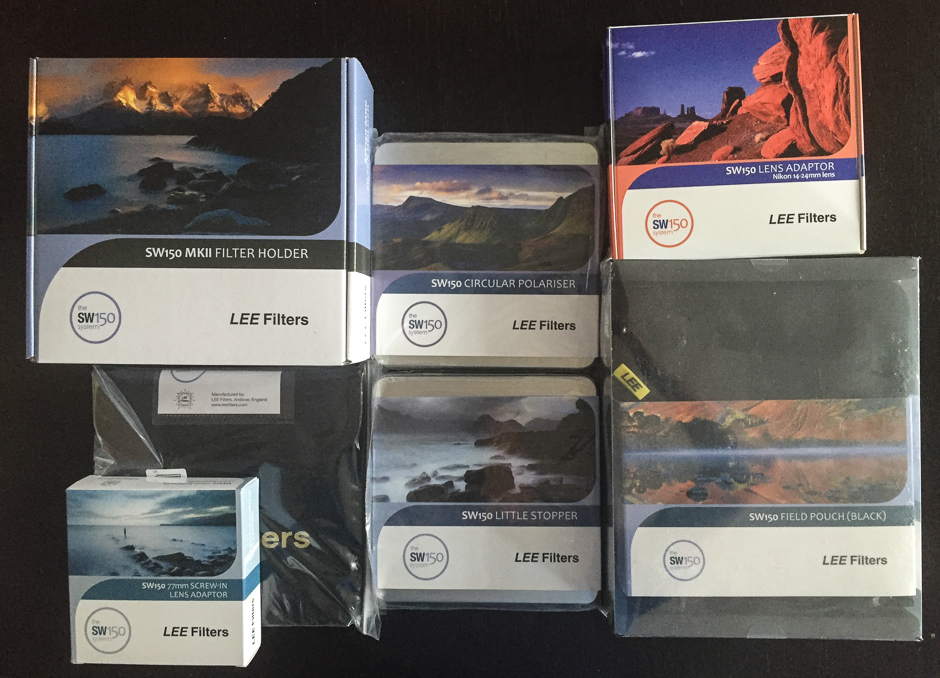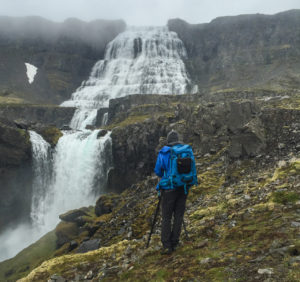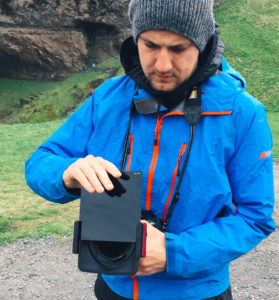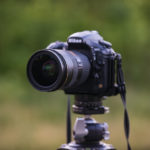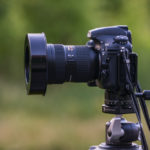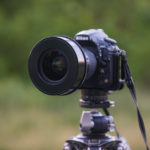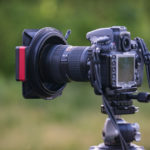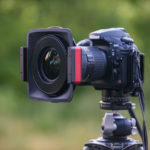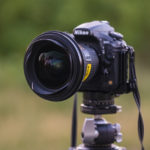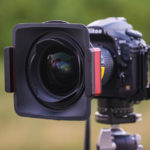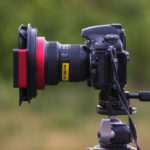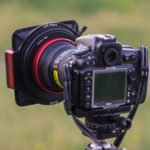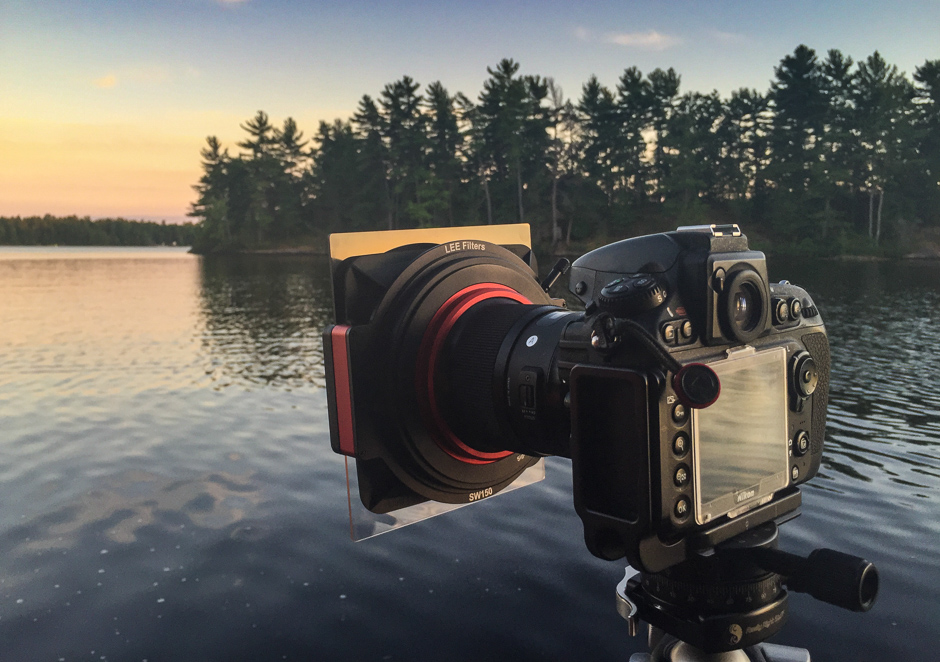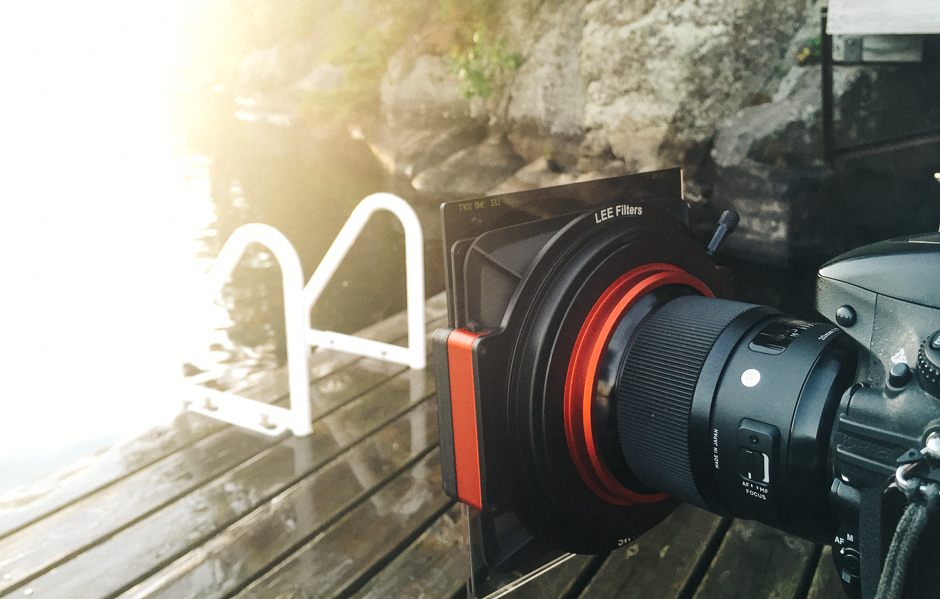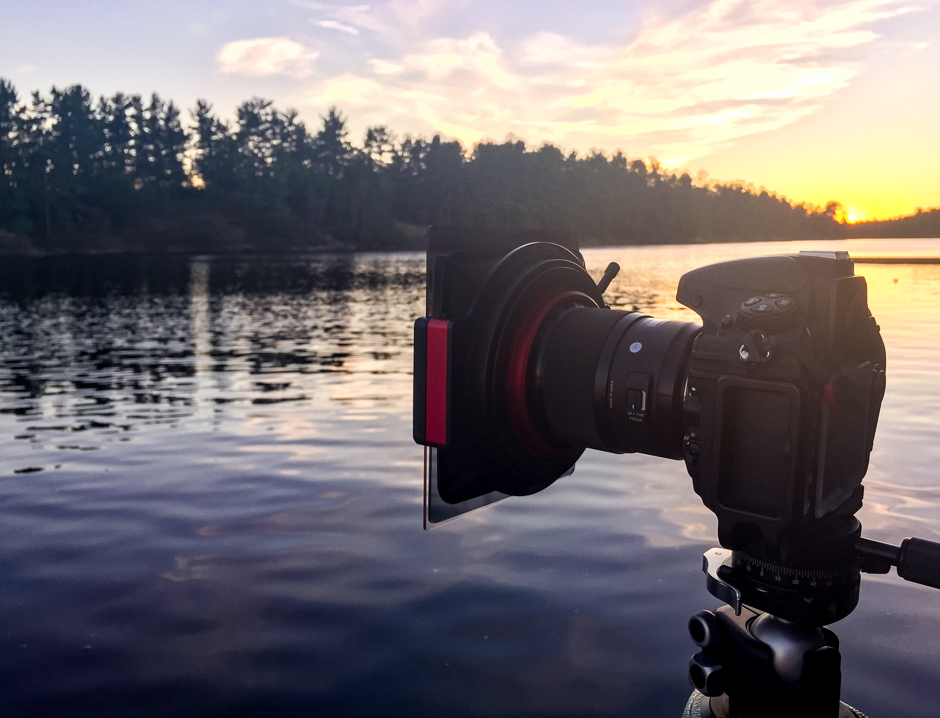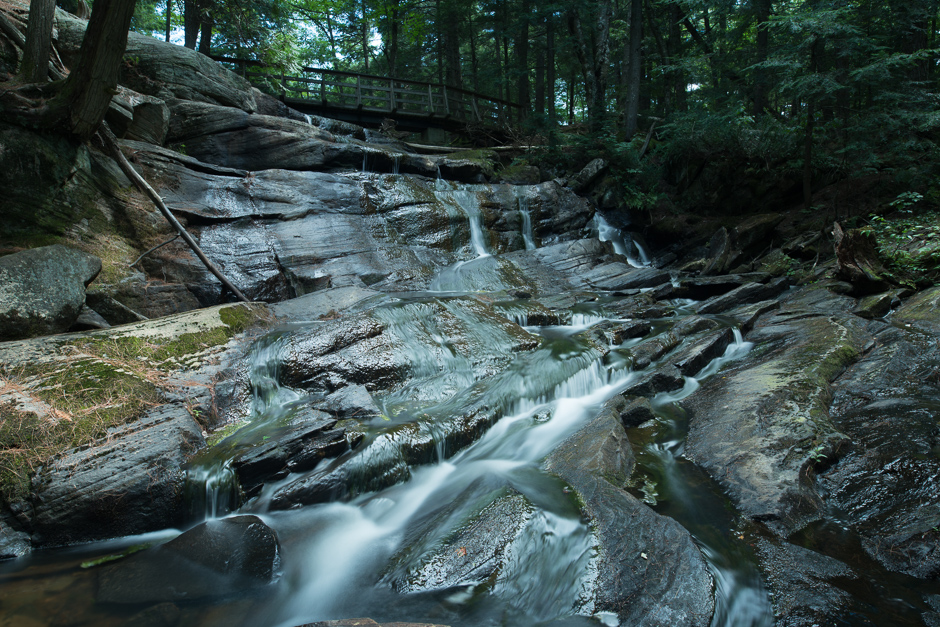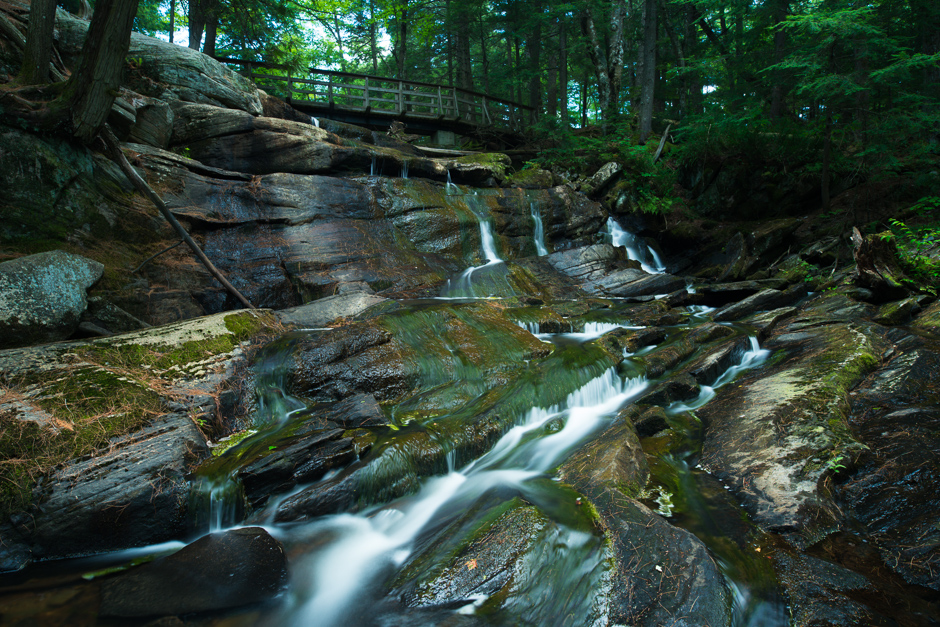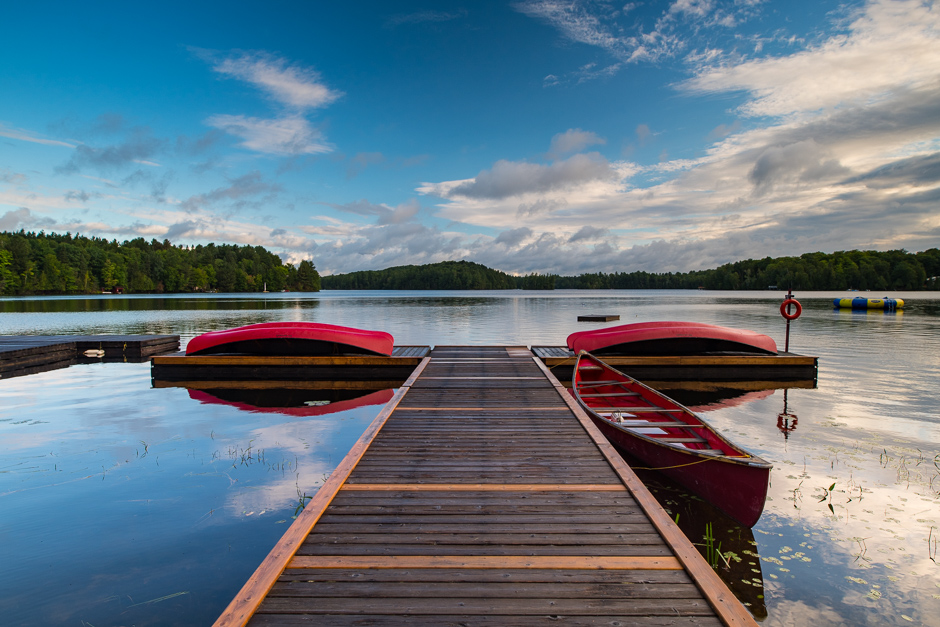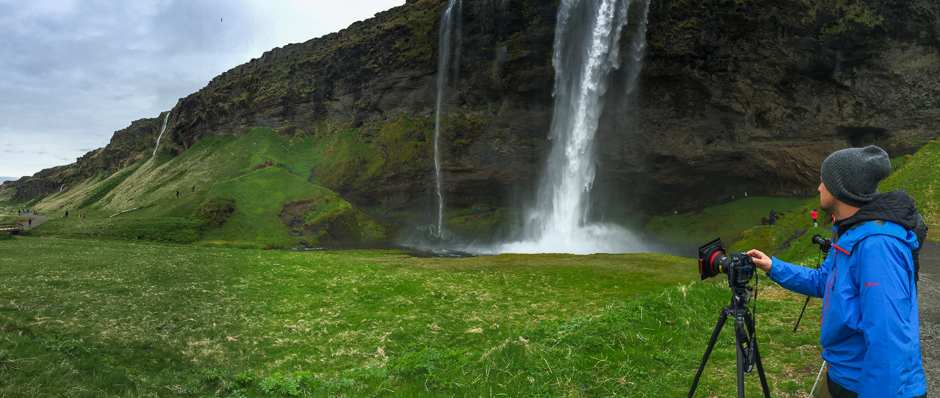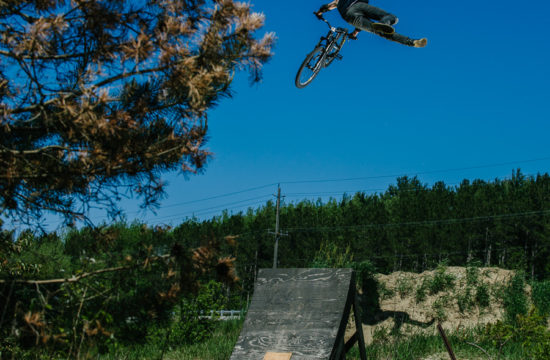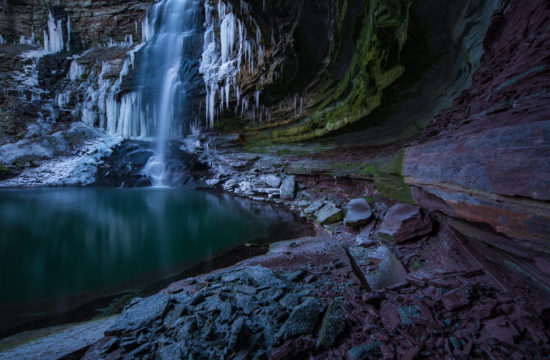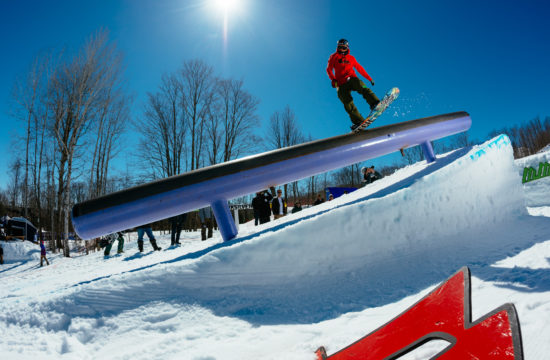Before our recent trip to Iceland, I went down the rabbit hole of large filter kits to use with ultra-wide lenses. I knew the Nikon 14-24mm would be a go-to lens on this trip, but also wanted something compatible with the Nikon 24-70mm if it was possible, without the need to bring the entire Lee 105mm Foundation Kit. I’m also a fan of the Sigma 20mm f/1.4 DG HSM | Art lens, even though it wouldn’t be coming on the trip, and would appreciate the ability to use that lens on the same set of filters when I returned home. I looked into Nisi, Haida, Fotodiox but their holders all seemed designed for a specific lens, rather than creating an eco-system of modularity. Enter the Lee Filters SW150 System.
The Lee checked off all the boxes for me. The ability to use it with the Nikon 14-24, an adapter ring available for 77mm lenses (and others from 67mm to 105mm available), an adapter announced for the Sigma 20mm f/1.4, and a wide range of available filters in the 150mm size from Lee. The system seemed future-proof. As new lenses came available, I could purchase an adapter ring, rather than an entire holder, saving space in my bag.
I decided on three key filters for the trip. Sure, more would have been nice, but it came down to cost and weight. I went with the Lee Little Stopper (6 stops of ND), the Lee Circular Polarizer, and the Lee 3-Stop ND Graduated Filter. Why those? Well, plenty of waterfalls in Iceland would make the Little Stopper invaluable. The Big Stopper (10-stop) would slow me down a bit too much for my preferred 1-2 second exposures of waterfalls. The smooth water technique is also something that can’t be recreated in Lightroom or Photoshop. The Circular Polarizer would cut glare from rocks and provide richer colours. It was also one of those filters that just can’t be recreated in post. Finally, the 3-Stop ND Graduated. Most cameras these days have enough dynamic range to make a 2-stop filter less useful, so a 3-stop was my go-to. Sure, this can be recreated in Photoshop, but it is a time saver to spend less time blending images after the fact when I can.
In the field, I’ve got the Lee Field Pouch attached to the outside of my pack, and the pouch with the holder inside the top of my pack. This makes the filters easy to access and switch out in the field. I’ve always preferred the design of the drop-in system over that of a screw in filter, especially when working with 6 or 10-stop ND filters. It becomes much easier to focus or recompose an image.
The Nikon 24-70mm f/2.8 Lens (or any 77mm filter thread) with the Lee SW-150 System
For some reason, I had a really hard time understanding how these adapter rings attached to threaded lenses, and then to the SW-150 system. So, I created this illustrated guide to help others understand it. It creates a nice large mounting surface for the SW150 to grip onto.
The Nikon 14-24mm f/2.8 with the Lee SW-150 System
Likely the most popular in the Lee Filter system, the SW150 for the Nikon 14-24mm allows full use of 2 filters right down to 14mm with no hard vignetting. There is light loss in the corners when using the Little Stopper, but it can be corrected in Lightroom without much effort. There is, however, hard vignetting if attempting to use the circular polarizer or Graduated ND filter on an angle at 14mm.
The Sigma 20mm f/1.4 DG HSM Art Lens with the Lee SW-150 System
The latest adapter for the Lee SW150 system is for the Sigma 20mm f/1.4 DG HSM | Art lens. With this adapter, I was able to fully rotate the SW150 in any orientation and did not pick up any vignetting.
The Lee Filters Circular Polarizer
Lee is one of the few manufacturers in this space to offer a circular polarizer. I would recommend against using it with the super wide lenses and big open skies, as the polarization causes uneven skies to occur. However, when the sky is less significant in the image, it can have a tremendous impact in controlling reflections. It should be noted that the circular polarizer can only be used at 90-degree angles, providing less flexibility than a traditional circular polarizer or the WonderPana system. However, if you are using it with the Little Stopper and not the Graduated ND, you can overcome this with everything except the Nikon at 14mm (due to the hard vignetting in the corners).
Samples from the Lee SW150 System
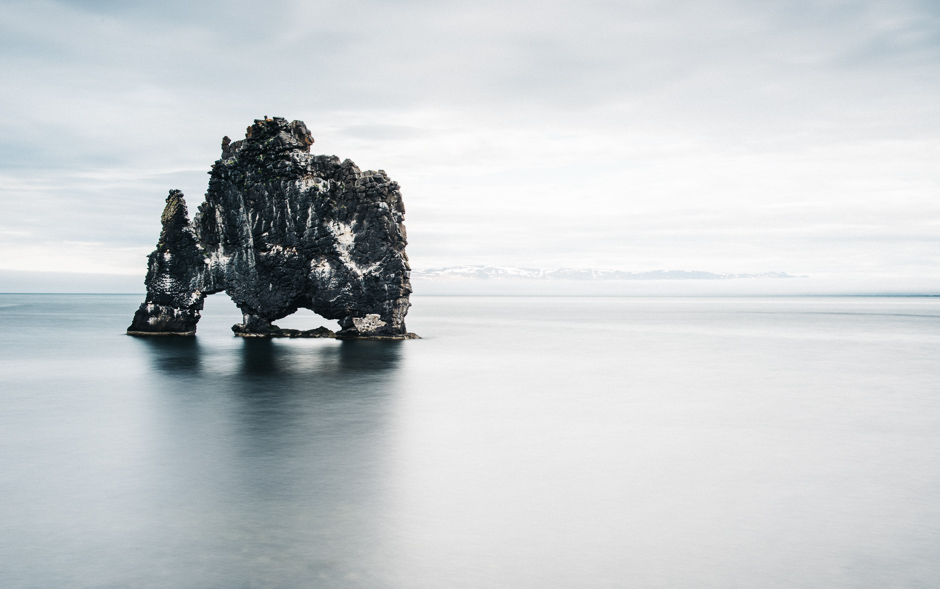
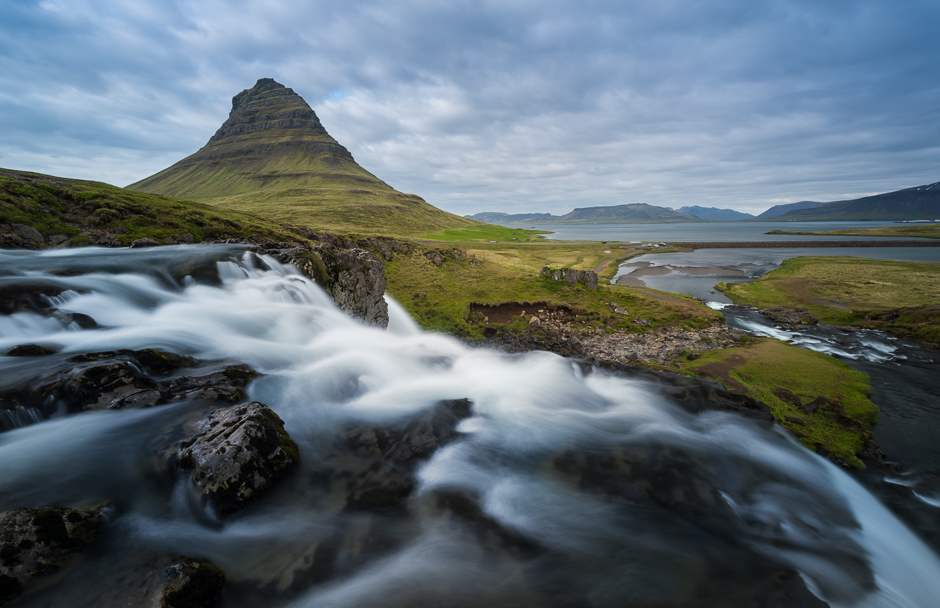
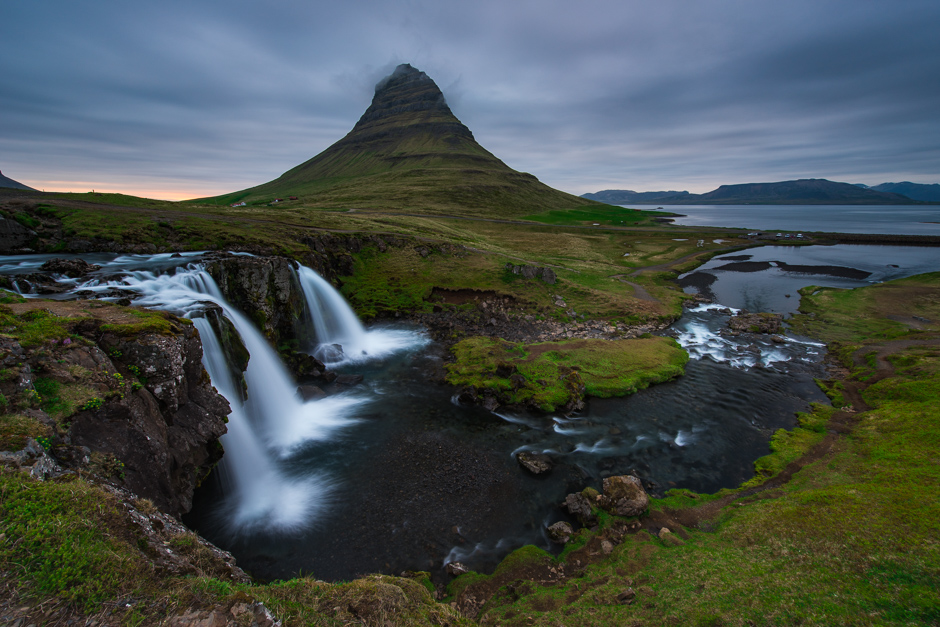
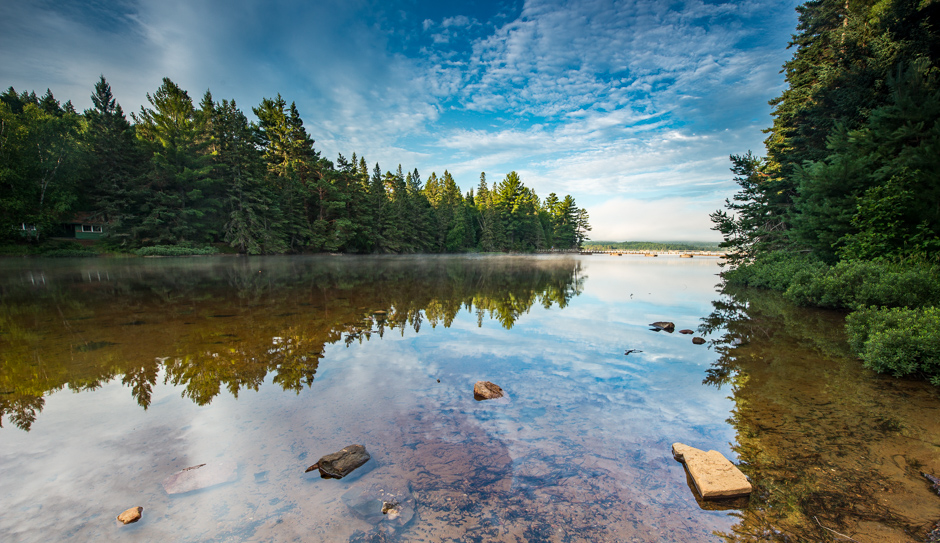
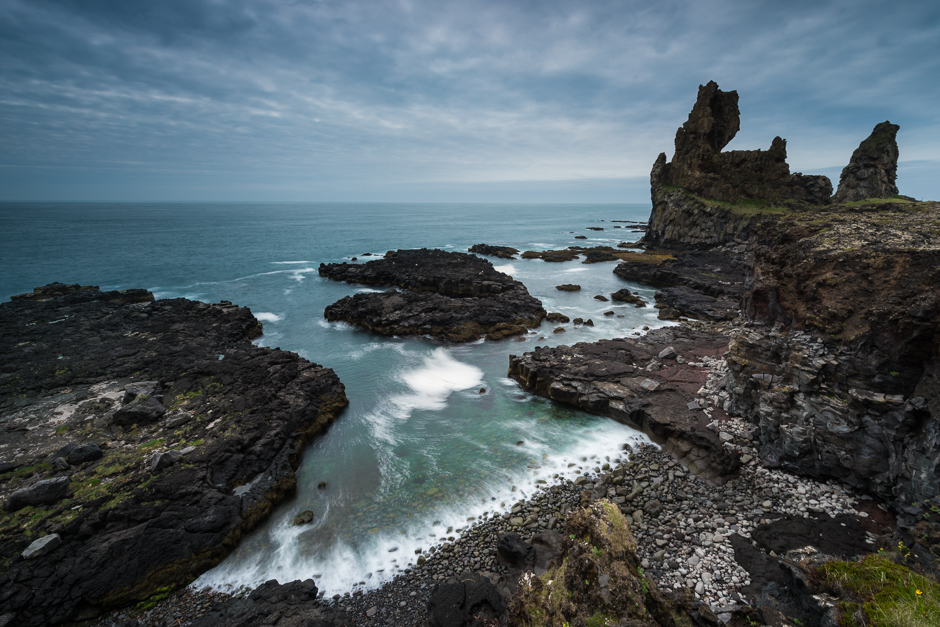
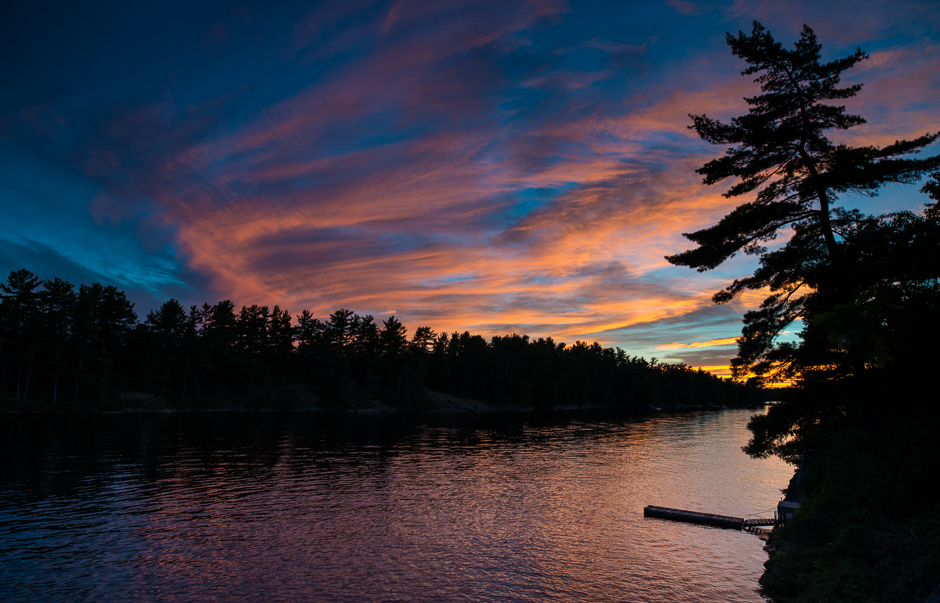
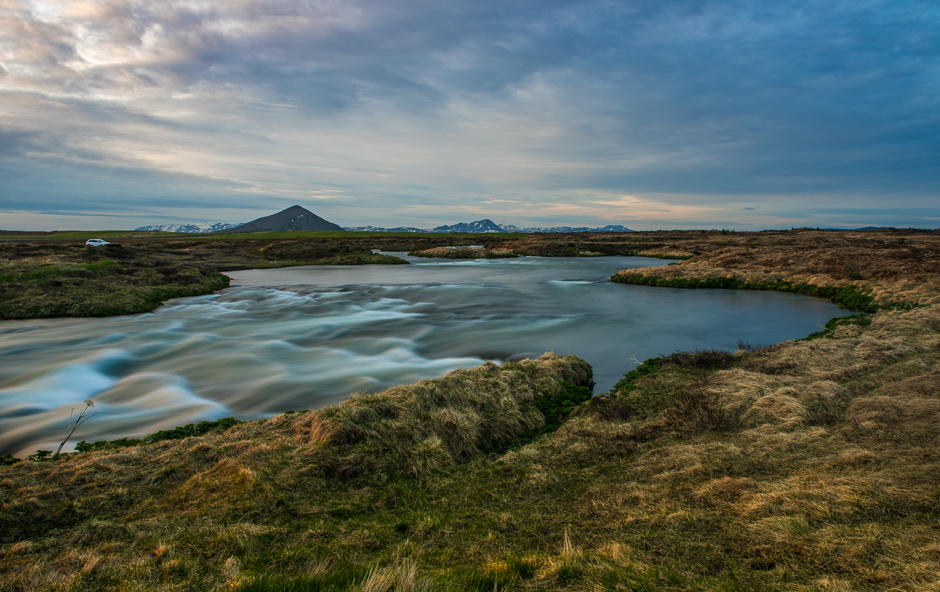
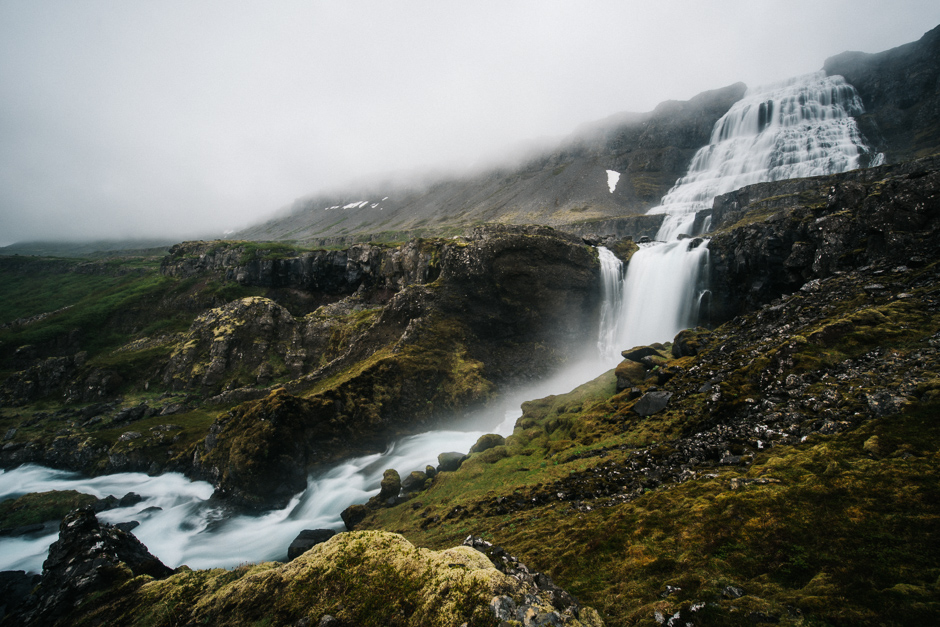
Behind the Lens
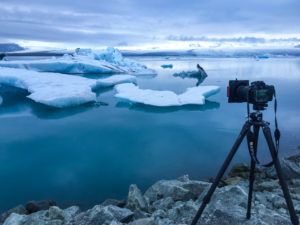
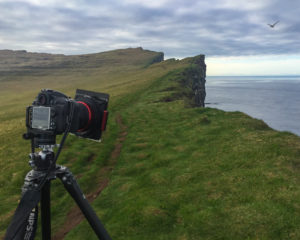
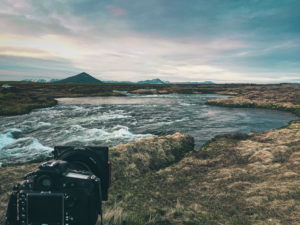
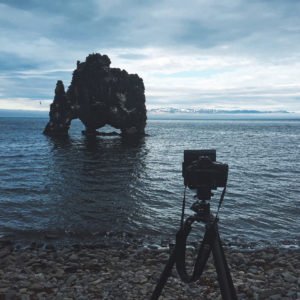
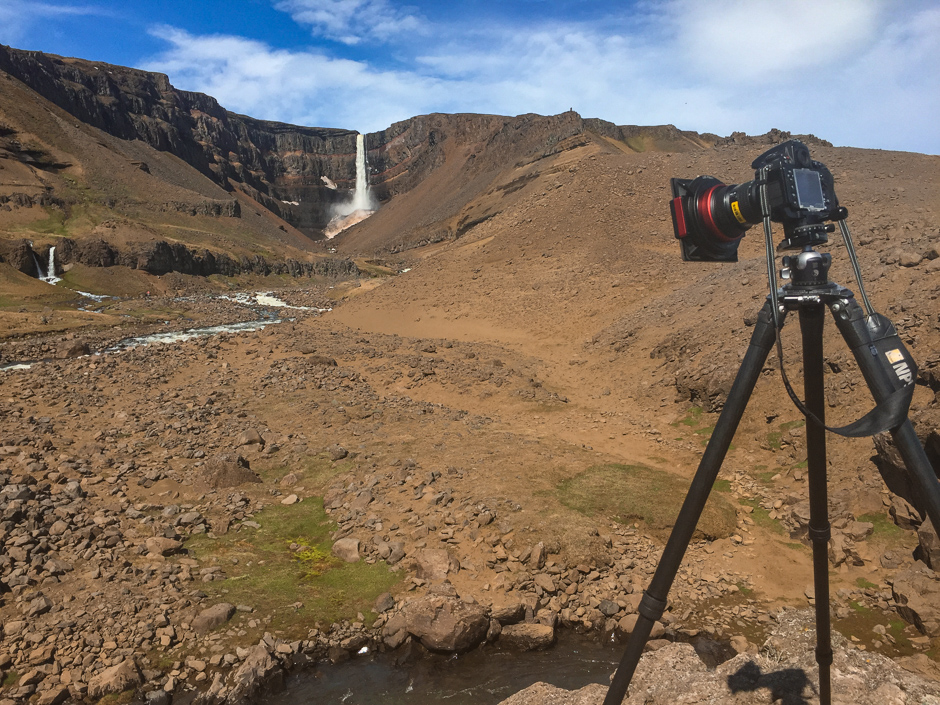
Conclusion
The Lee SW150 Filter system was exactly what I was looking for and has been a pleasure to use after 3 months. The modularity of the system will hopefully prove useful in the future as more exotic ultra-wide angle lenses are developed, meaning I can purchase new adapter rings, rather than the entire kit. The Light Shield has been greatly improved over the Version 1 system, and light leaks are non-existent when used with the sealed foam gasket of the Little or Big Stopper.
Pros:
- Easy to switch the filter holder between different lenses, while keeping the holder lens adapters in place.
- Solid build quality all around.
- Much better locking system than the Foundation Kit. It really grabs hold and I had no hesitations leaving the system on the camera while hikng (although I did often put the actual filters away to protect them).
- Future compatibility – If a manufacturer comes out with another fixed pedal-shaped hood in the future, I feel Lee will be ready to react with this system. I enjoy that.
Cons:
- Price. The whole system is north of $1,000 Canadian.
- Availability. There was no where in Toronto to see the SW150 system. Not one of the local retailers had the system in stock. This meant ordering from B&H in the States and importing.
- Size. These filters are massive, and just asking to be scratched or dropped. Fortunately I haven’t had this happen yet, but it’s only a matter of time.
- Water. Using these things around waterfalls and mist is a huge pain. Because of the large surface area, anything on the front filter is easily visible in a photo. I might need to pack a squeegee.
- Limitations on Rotations. Unfortunately the polarizer cannot be rotated like a traditional circular polarizer. This can make for some funky graduation lines if you are mixing the circular polarizer and need to get it into the right position.

